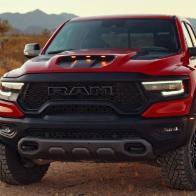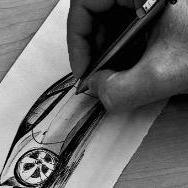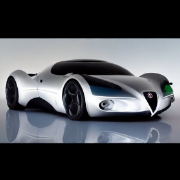Volkswagen I.D. Concept 2016
-
Contenuti simili
-
- 9 risposte
- 1459 visite
-
[BRA] Volkswagen Tera 2025 (Teaser)
Pubblicato da MotorPassion,
- volkswagen
- tera 2025
- (e 2 altri in più)
- 2 risposte
- 512 visite
-
- 43 risposte
- 4545 visite
-
-
-














.thumb.jpg.902d2a4f20a129e92b6f6920407b81bd.jpg)


.thumb.jpg.46228d717c405acd43b45b79fddce6a4.jpg)







Messaggi Raccomandati:
Crea un account o accedi per lasciare un commento
Devi essere iscritto per commentare e visualizzare le sezioni protette!
Crea un account
Iscriviti nella nostra community. È facile!
Registra un nuovo accountAccedi
Sei già registrato? Accedi qui.
Accedi Ora